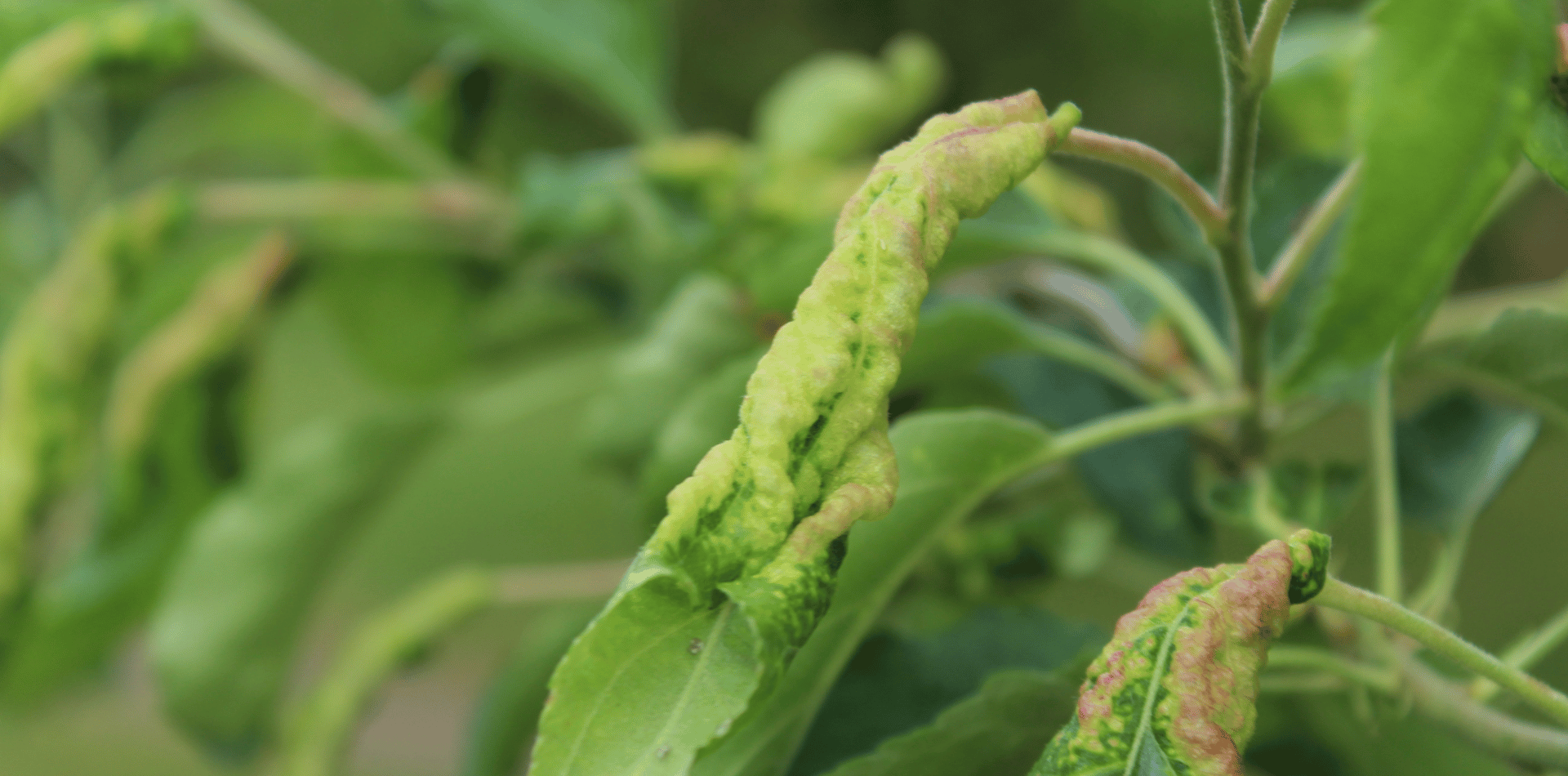Car Tree Sap Removal
How to Remove Dry Tree Sap From Your Car without damaging the paint.
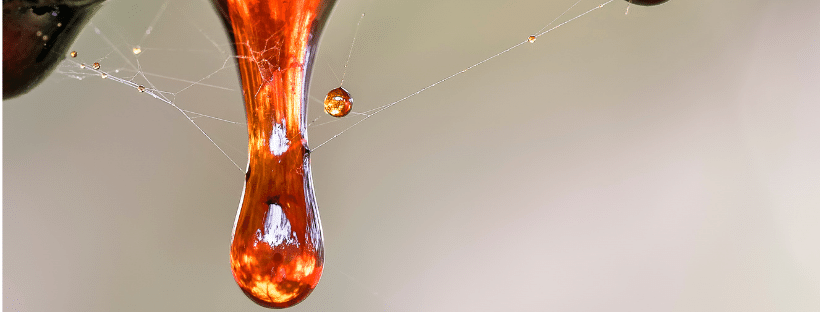
Summer is on its way and you always look for a shady spot to park your car. That nice tree with lots of shade looks like the perfect place.
However, there are few places more precarious than a car parked under a tree in spring or summer.
Not only do you need to be concerned about bird droppings when parking under a tree canopy, but you also have to worry about drops of sap damaging your car’s paint.
This happens more often than you think!
Although a little tree sap on your car doesn’t seem like a big deal, it can quickly become a major problem if left to dry. When left under a strong summer sun, tree sap becomes hard like epoxy. The longer it remains on your car's exterior, the more likely it will strip away the paint and eat through the clear protective coat.
Sap will not ruin your vehicle’s paint overnight. If your car has recently has a sap attack, you have time to remedy a potentially serious problem. Here are some helpful tips to help you get rid of tree sap without ruining your car’s paint.
IMPORTANT: Before we start, be aware that cleaning tree sap off a car can be a very difficult task. It requires a lot of effort, free time, and the right weather. If you aren’t in a position to do this job properly, you should consult a local auto paint shop for professional assistance.
Hand Wash as soon as you can.
Drive-through car washes are convenient, but they rarely help to clean old tree sap from your vehicle’s exterior. Automated carwashes may even make matters worse by spreading the sap around!
A good hand-washing is the best option, particularly if you’re able to it before the sap dries.
To do a good sap removal job you will need a few things:
- Hot water - the key to cleaning tree sap from your car is hot water
- a hose or power washer
- sponges
- carwash soap
- microfiber cloth.
After you have washed your car, park it in the shade, but not under a tree. Sun will prematurely dry water, leaving water stains and increasing the odds of being scratched.
Rinse your car thoroughly, making sure there is no residue soap left on the surface or in any cracks. If you use a power washer, make sure the nozzle is on a wider setting to ensure it won’t damage the paint.
Once you have rinsed the vehicle, scrub the sap and entire car with a clean sponge or washing mitt and soap.
Again, hot water makes a big difference as heat helps soften any dry sap.
Literally rinse and repeat until the sap is no longer visible.
You can use your fingernail to lightly scratch off any leftovers.
Finally, dry the car completely and apply a strong coat of car wax. Then, for good measure, give it a good polish.
Most people will find the hand-wash method successful, though you may need to take additional steps to remove stubborn tree sap from a car.
Here are some other ways to remove the sap:
Rubbing Alcohol or Methylated Spirits
- Soak a clean cloth or rag in Methylated spirits or rubbing alcohol until thoroughly dampened.
- Apply the soaked cloth directly to the tree sap, allowing it to sit for approximately 30 seconds.
- Important: Alcohol can strip off auto paint and clear coats, so don’t leave the rag on your vehicle for too long.
- Check to see if the sap has softened. If it can be rubbed off with the cloth you have been successful.
- If the sap is still there, gently wipe it away using a circular motion. If needed, pour a steady stream of piping-hot water directly on the tree sap for 15 seconds, then wipe any leftovers away.
- The final step is to rinse and wash the area with hot water and soap to remove any remnants of alcohol.
Razor Blade
- Step one, loosen the sap by using a commercial product, rubbing alcohol, or an oil-based lubricant.
- Use a clean razor blade and very gently and safely attempt to scrape the sap off.
- Slowly slide the blade underneath the sap, and try to peel it away.
- Extremely Important – go very slowly! A wrong move can strip away or leave a dark gouge in your paint, requiring expensive paint repair.
WD-40
- Spray WD-40 directly on the sap stain and allow it to soak for 5 minutes.
- Place a wet cloth soaked in hot water, on top for added penetration.
- Use the cloth to rub away the sap,. Repeat steps 1 and 2 as necessary.
- Once the sap is gone, wash the area with hot water and soap.
Commercial Cleaners
- Purchase a commercial cleaning or adhesive removal product that’s designed to help remove sticky substances. There are many products available which work well.
- Follow the product’s directions for use, or apply the cleaners to a clean cloth and leave it on top of the sap for a few minutes.
- Wipe away the sap and repeat step 2 if needed.
- Once the sap is gone, wash the area with hot water and soap.
If you are not sure, the best method is to visit a reputable Auto Paint Shop for Professional Sap Removal.
A professional will advise you how to get rid of that tree sap or if you don’t want to run the risk of further damaging your vehicle’s paint job, they will do it for you. Professional repairers should be able to clean off the sap and re-paint any stripped-away areas without causing any further damage.


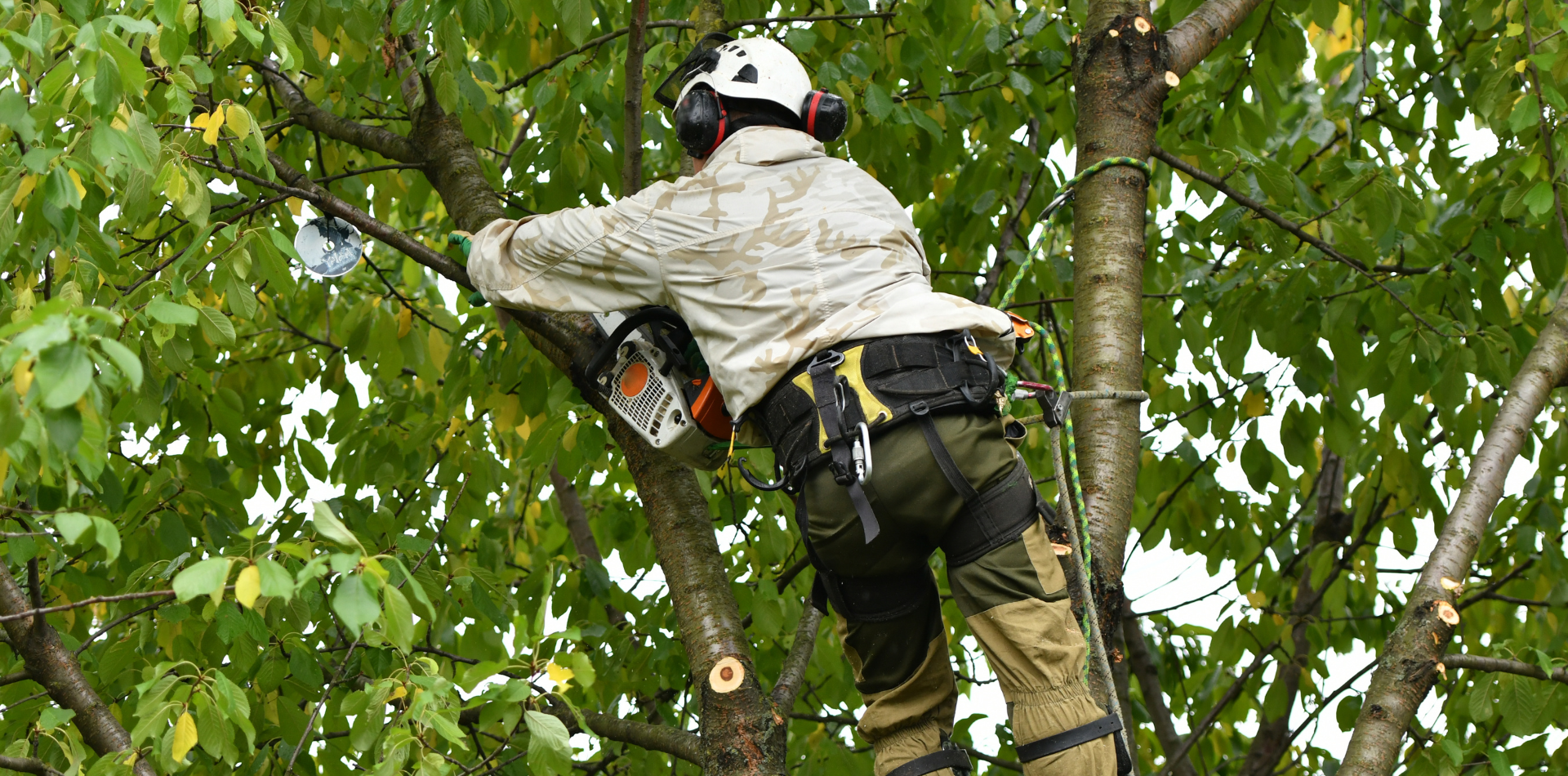


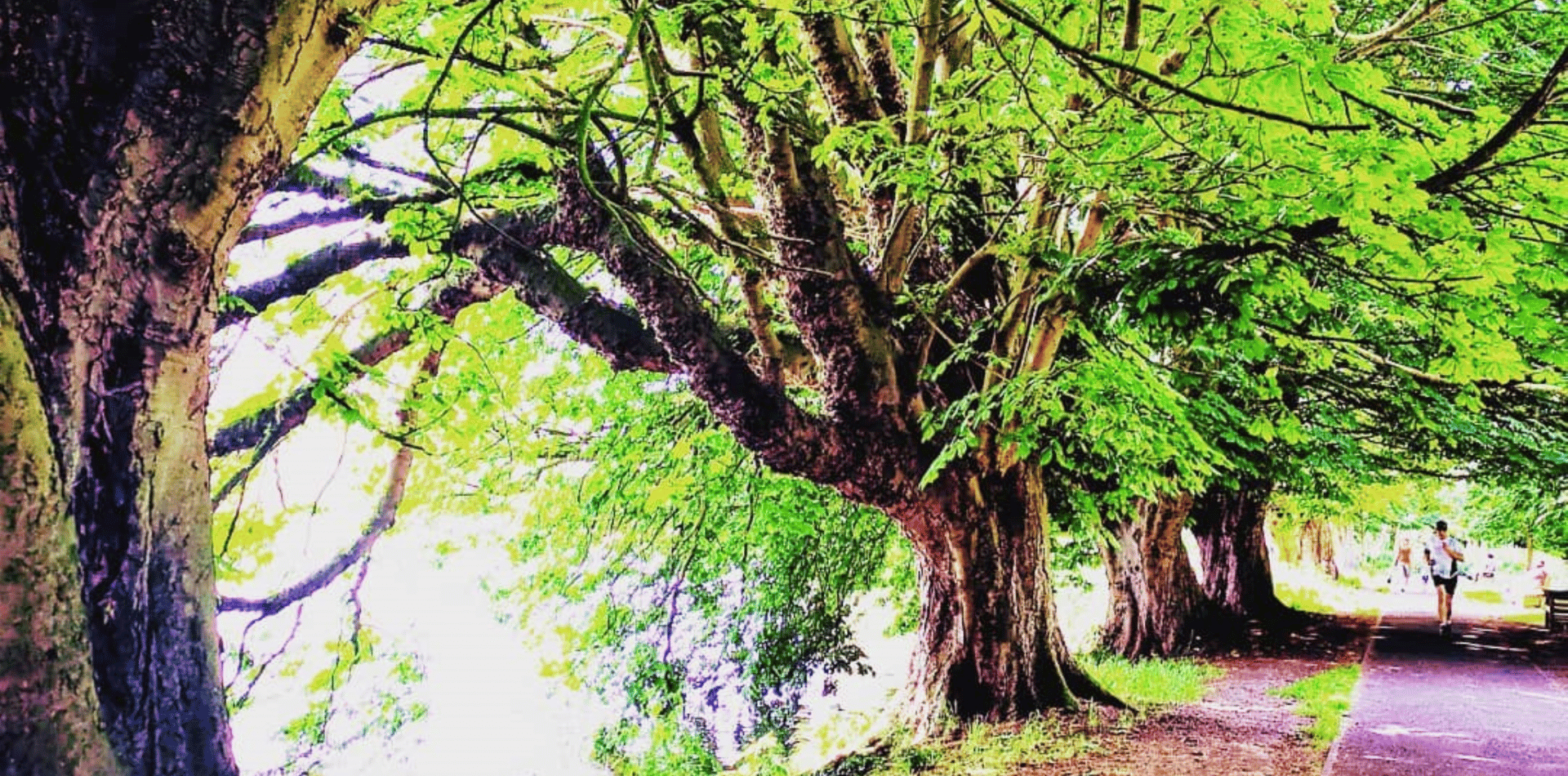
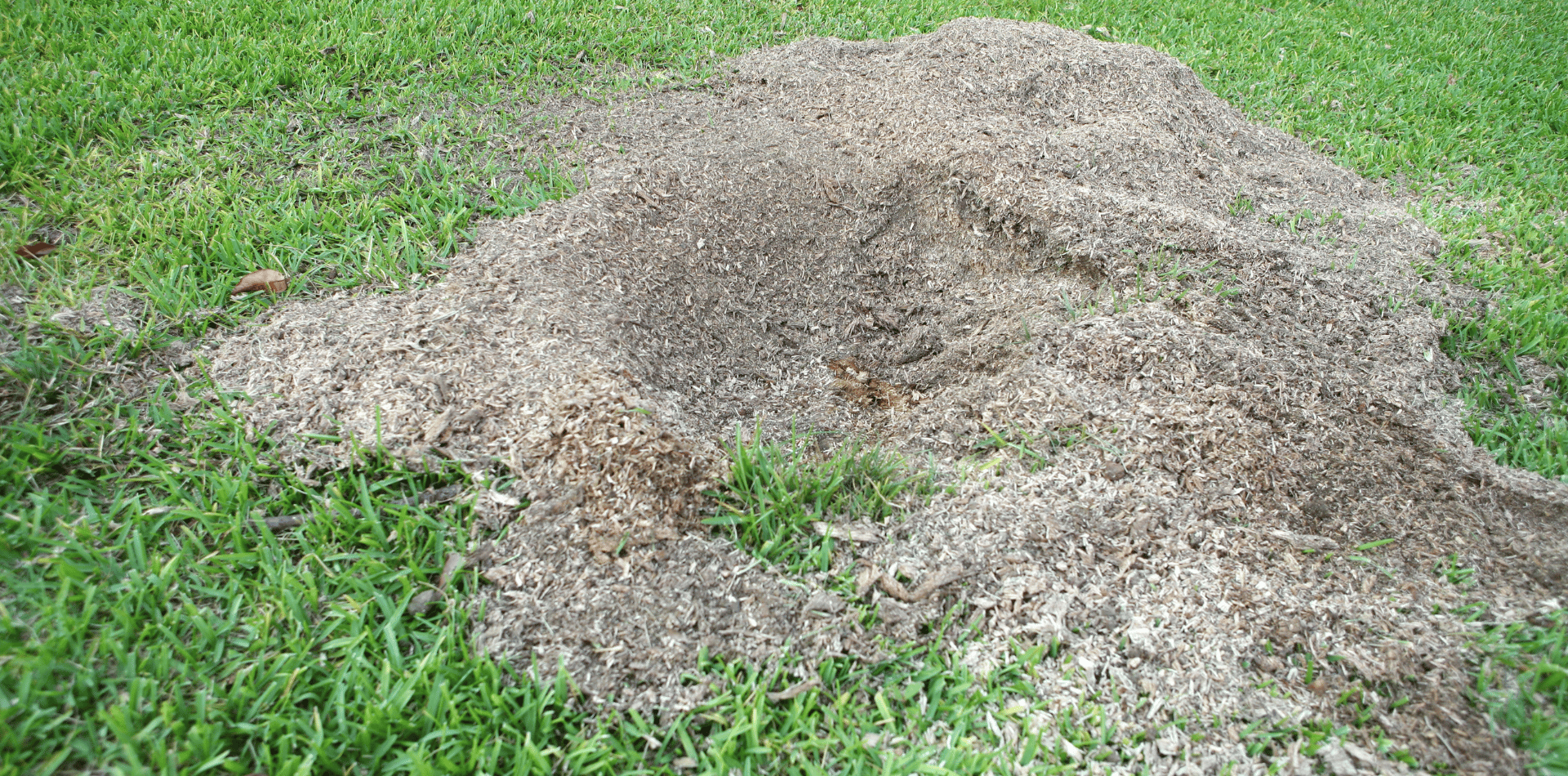
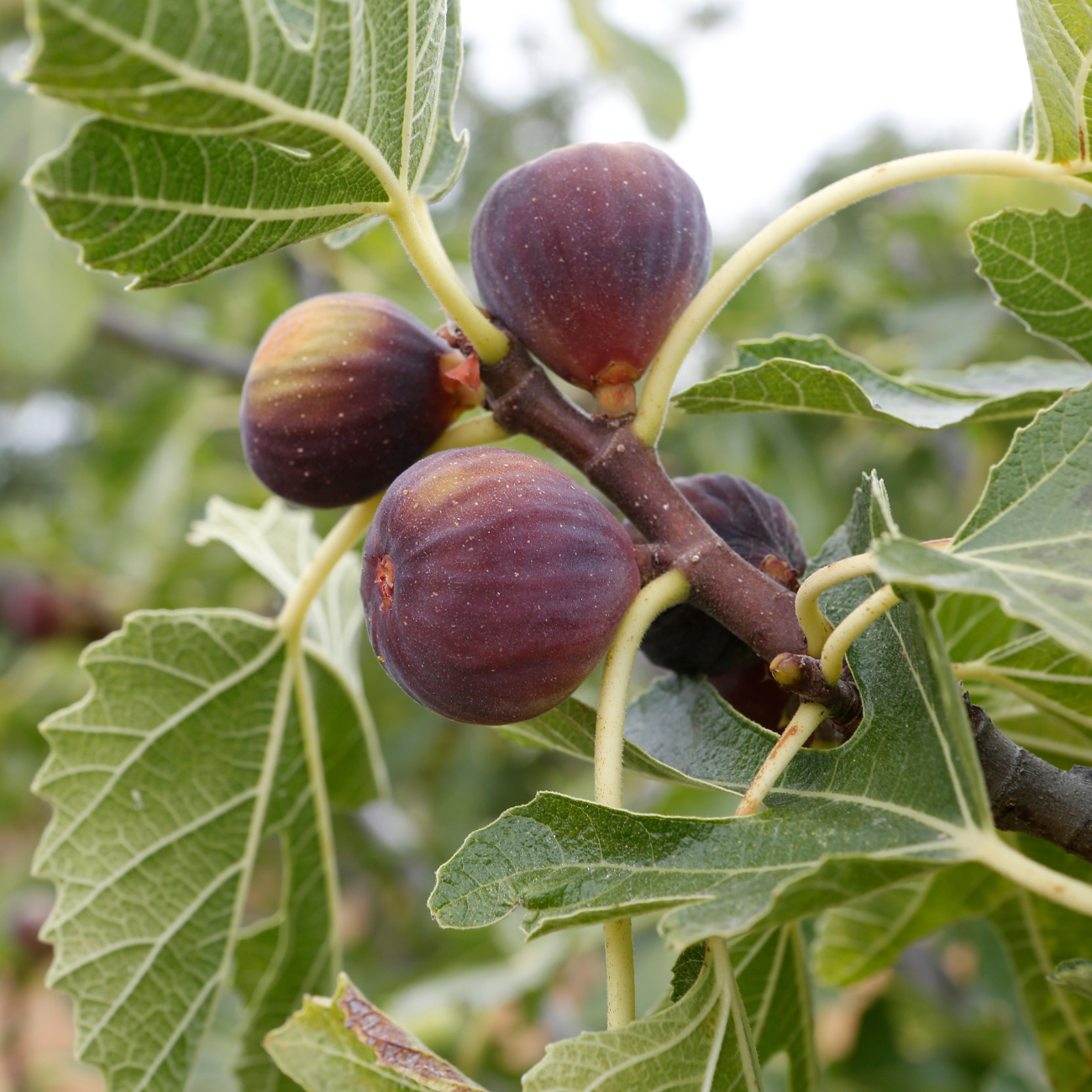

Contact
Kaptol Tree Removal Newcastle
A Member of the Kaptol Group
Powered by Kaptol Media

